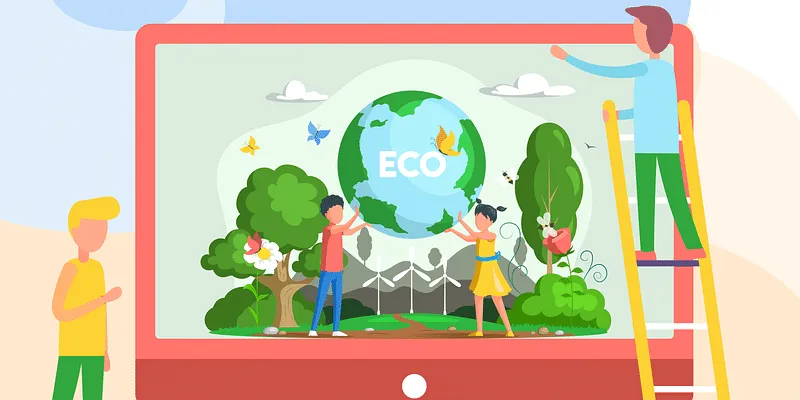Clean Air Day: Evolution of air pollution monitoring over the years
A decade ago, the concept of air monitoring was limited to scientific or governmental use only. With more awareness and technological advancement, handy air monitoring sensors have become household items.
Our modern lifestyle, which we owe to the industrial revolution, has become an indirect threat to our planet, and in turn, to our lives. All parts of our environment have been contaminated—water, air, soil, and food.
Air pollution from indoor and outdoor sources represents the single largest environmental health risk globally. As per WHO, seven million people die prematurely each year due to air pollution, while 3.2 million of them are exposed to residential pollutants arising from cooking, heating, electricity, and dust.
It’s only now that we are realising how polluted air can be hazardous. Consider the 1800s when canary birds were said to have saved numerous lives of miners in Britain by detecting high concentrations of carbon dioxide, carbon monoxide, and methane in mines. Now, we rely on low-cost, data-efficient technology and innovation to detect such toxic gases.

Early air monitoring technologies
In 1937, Draeger developed the first portable tubes to detect carbon monoxide in mines. As technology advanced, the tubes that could now detect hundreds of different gases were used in military production and medical applications like breathing apparatus and incubators. In 1974, the first PID (Photoionisation Detector) was introduced as a handheld instrument to detect gas leaks for VOCs (Volatile Organic Compounds) using ultraviolet rays. They weighed around 4 kg with a separate hand-held probe, and had to be carried over the shoulder.
Around 2006, a group of artists, activists, and technologists came up with AIR—a portable air monitoring device enabling people to find air pollution hotspots in their neighbourhoods and transmit real-time data to a website. A few years later, Pachube and Wicked Devices launched a low-cost sensor that carried 800 quality-sensing eggs to measure carbon monoxide, nitrogen dioxide, temperature, and humidity.
In 2014, HabitatMap launched AirBeam, an open-source PM (particulate matter) sensor where users crowdsource data on the AirCasting app and website to vividly show a region's PM 2.5 levels. Over the years, keeping technology open-source has led to a significant shift in low-cost air monitoring technology.
Agencies and governments
The US Environmental Protection Agency put together its research and tips on low-cost sensors in the Air Sensor Guidebook in 2013. WHO has guidelines on the recommended air quality levels for countries. The latest UN Environment Programme's Actions on air quality report noted there were large gaps in the monitoring of air quality.
The government of India launched the National Clean Air Programme (NCAP) to curb air pollution levels across the country. In 2021, the Delhi government installed two smog towers in the city to monitor and clean the air. These 24-meter-high towers record PM 2.5 levels in the air and are said to purify the air within a kilometre radius around the structure.
Since the pandemic, people have become more aware of the need to monitor the quality of air in their homes and offices. Now, evaluating air quality is as easy as booking any service online. Handy air monitoring plug-and-play devices can be set up in homes to check air quality.
The data collected through these sensors are presented to people in an easy-to-read report and solutions are suggested accordingly. Philanthropists are also investing in projects that improve AQI among low-income communities.
Clean air is critical for each human being. We’re seeing a rise in the demand for air monitoring and cleaning services, even for indoor spaces. From a bird to a mobile app, to wireless technologies, one can now test the air quality of their homes with small, lightweight plug-and-play air monitoring sensors.
Edited by Kanishk Singh
(Disclaimer: The views and opinions expressed in this article are those of the author and do not necessarily reflect the views of YourStory.)








